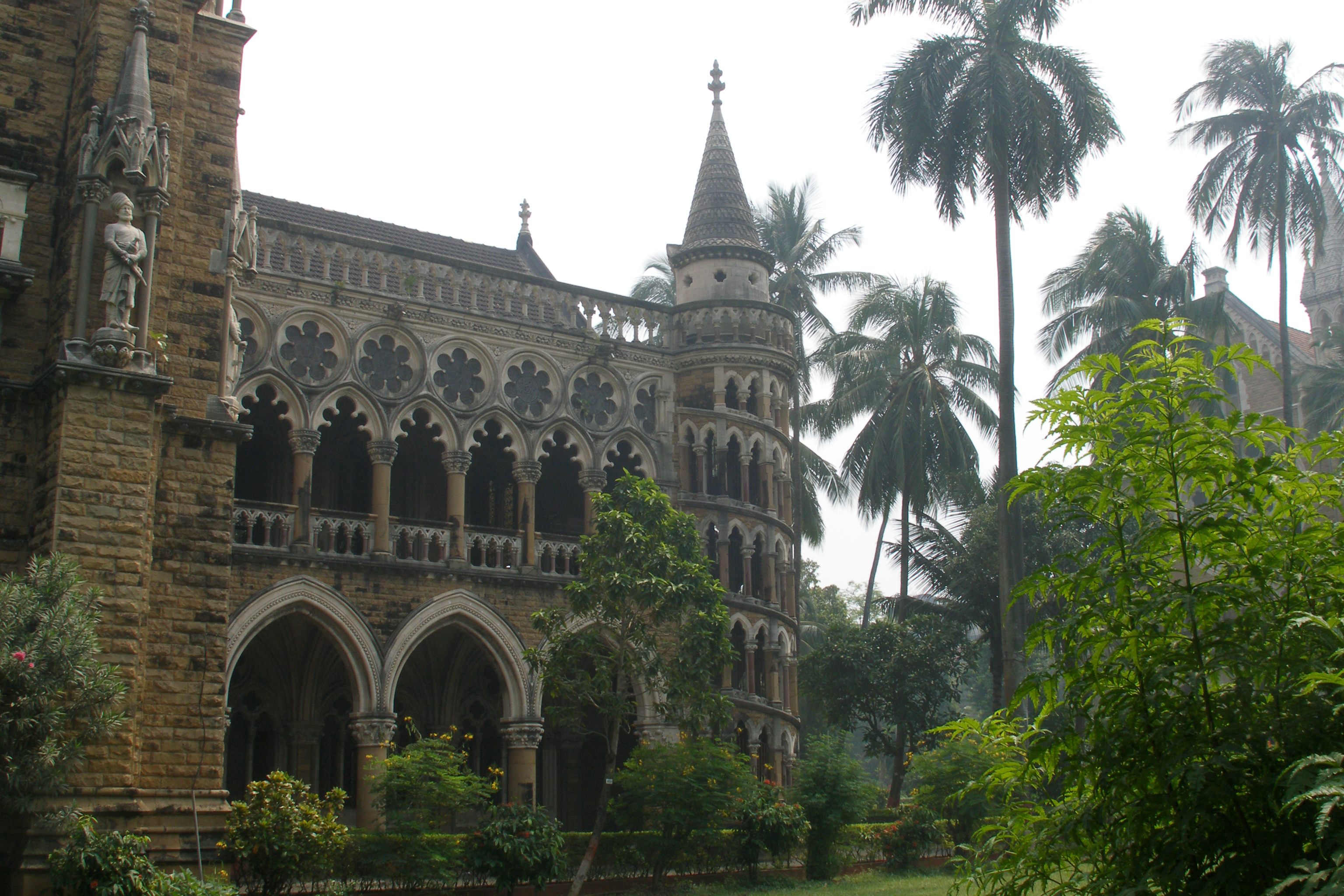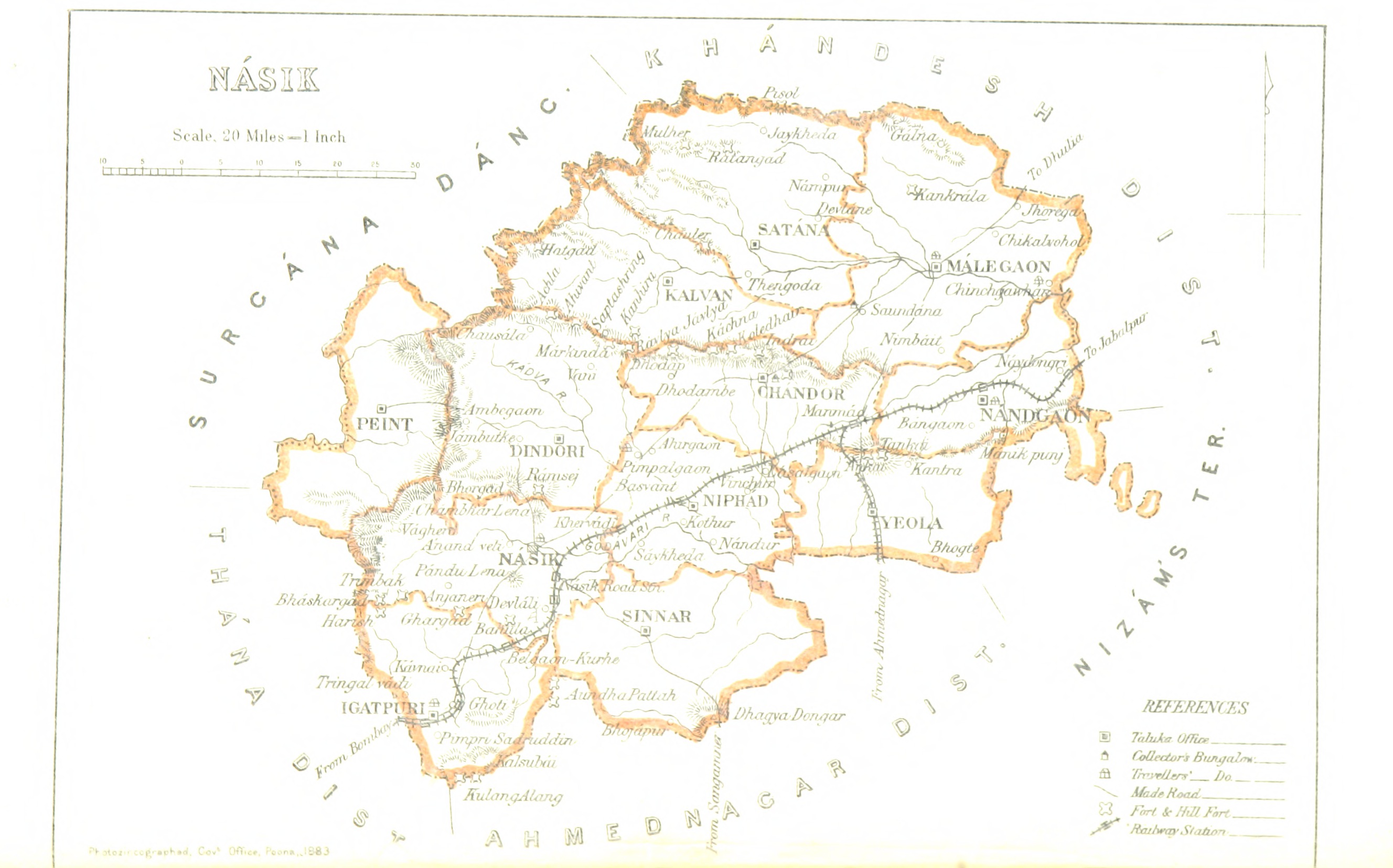|
Echinops Sahyadricus
''Echinops sahyadricus'', the Sahyadri globe thistle, is a species of flowering plant. It is a medium sized forb belong to the tribe Cardueae in the family Asteraceae. ''E. sahyadricus'' was discovered by a Mumbai University student at the Rajgad Fort, and it was formally described in 2020. Description The species is morphologically similar to '' Echinops echinatus'', but ''E. sahyadricus'' has a larger inflorescence and leaves with less hair. The species is perennial and spiny, growing up to 180 cm tall. Flowers are white, and blooms from November to December. Fruit is an achene that matures in January. Range ''Echinops sahyadricus'' is distributed in the northern Sahyadri Mountains from Nashik District, Pune District, and Satara District. The specific epithet ''sahyadricus'' is named for the mountain range where it is endemic. Ecology The species is found on open mountain slopes from 800 to 1400 meters, and it occupies an area of approximately 40 square kilometers. ''Apis ... [...More Info...] [...Related Items...] OR: [Wikipedia] [Google] [Baidu] |
Species
In biology, a species is the basic unit of classification and a taxonomic rank of an organism, as well as a unit of biodiversity. A species is often defined as the largest group of organisms in which any two individuals of the appropriate sexes or mating types can produce fertile offspring, typically by sexual reproduction. Other ways of defining species include their karyotype, DNA sequence, morphology, behaviour or ecological niche. In addition, paleontologists use the concept of the chronospecies since fossil reproduction cannot be examined. The most recent rigorous estimate for the total number of species of eukaryotes is between 8 and 8.7 million. However, only about 14% of these had been described by 2011. All species (except viruses) are given a two-part name, a "binomial". The first part of a binomial is the genus to which the species belongs. The second part is called the specific name or the specific epithet (in botanical nomenclature, also sometimes i ... [...More Info...] [...Related Items...] OR: [Wikipedia] [Google] [Baidu] |
Forb
A forb or phorb is an herbaceous flowering plant that is not a graminoid (grass, sedge, or rush). The term is used in biology and in vegetation ecology, especially in relation to grasslands and understory. Typically these are dicots without woody stems. Etymology The word "forb" is derived from Greek ''phorbḗ'' (), meaning "pasture" or "fodder". The Hellenic spelling "phorb" is sometimes used, and in older usage this sometimes includes graminids and other plants currently not regarded as forbs. Guilds Forbs are members of a guilda group of plant species with broadly similar growth form. In certain contexts in ecology, guild membership may often be more important than the taxonomic relationships between organisms. In informal classification In addition to its use in ecology, the term "forb" may be used for subdividing popular guides to wildflowers, distinguishing them from other categories such as grasses, sedges, shrubs, and trees. Some examples of forbs are clovers, s ... [...More Info...] [...Related Items...] OR: [Wikipedia] [Google] [Baidu] |
Cardueae
The Cardueae are a tribe of flowering plants in the daisy family (Asteraceae) and the subfamily Carduoideae. Most of them are commonly known as thistles; four of the best known genera are '' Carduus'', '' Cynara'' (containing the widely eaten artichoke), ''Cirsium'', and ''Onopordum''. They are annual, biennial, or perennial herbs. Many species are thorny on leaves, stems, or involucre, and some have laticifers or resin conduits. Almost 80 genera comprising 2500 species are assigned to this tribe, native of temperate regions of Europe and Asia (especially the Mediterranean region and Minor Asia), Australia and tropical Africa; only three genera contain species native to the Americas.Bremer 1994 ''Asteraceae'': Cladistic and Classification ribe ''Carduae'': 112-156/ref> Taxonomy Cardueae is a synonym for Cynareae, but the name Cynareae was published almost a decade earlier, so has precedence. Some authors have divided the plants traditionally held to be in this tribe into th ... [...More Info...] [...Related Items...] OR: [Wikipedia] [Google] [Baidu] |
Asteraceae
The family Asteraceae, alternatively Compositae, consists of over 32,000 known species of flowering plants in over 1,900 genera within the order Asterales. Commonly referred to as the aster, daisy, composite, or sunflower family, Compositae were first described in the year 1740. The number of species in Asteraceae is rivaled only by the Orchidaceae, and which is the larger family is unclear as the quantity of extant species in each family is unknown. Most species of Asteraceae are annual, biennial, or perennial herbaceous plants, but there are also shrubs, vines, and trees. The family has a widespread distribution, from subpolar to tropical regions in a wide variety of habitats. Most occur in hot desert and cold or hot semi-desert climates, and they are found on every continent but Antarctica. The primary common characteristic is the existence of sometimes hundreds of tiny individual florets which are held together by protective involucres in flower heads, or more technicall ... [...More Info...] [...Related Items...] OR: [Wikipedia] [Google] [Baidu] |
Mumbai University
The University of Mumbai is a collegiate, state-owned, public research university in Mumbai. The University of Mumbai is one of the largest universities in the world. , the university had 711 affiliated colleges. Ratan Tata is the appointed head of the advisory council. History In accordance with "Wood's despatch", drafted by Sir Charles Wood in 1854, the University of Bombay was established in 1857 after the presentation of a petition from the Bombay Association to the British colonial government in India. The University of Mumbai was modelled on similar universities in the United Kingdom, specifically the University of London. The first departments established were the Faculty of Arts at Elphinstone College in 1835 and the Faculty of Medicine at Grant Medical College in 1845. Both colleges existed before the university was founded and surrendered their degree-granting privileges to the university. The first degrees awarded in 1862 were Bachelor of Arts and Licentiate in ... [...More Info...] [...Related Items...] OR: [Wikipedia] [Google] [Baidu] |
Rajgad Fort
Rajgad (literal meaning ''Ruling Fort'') is a Hill region fort situated in the Pune district of Maharashtra, India. Formerly known as ''Murumdev'', the fort was the first capital of the Maratha Empire under the rule of Chhatrapati Shivaji for almost 26 years, after which the capital was moved to the Raigad Fort. Treasures discovered from an adjacent fort called Torna were used to completely build and fortify the Rajgad Fort. The Rajgad Fort is located around to the south-west of Pune and about west of Nasrapur in the Sahyadris range. The fort lies above the sea level. The diameter of the base of the fort was about which made it difficult to lay siege on it, which added to its strategic value. The fort's ruins consist of palaces, water cisterns, and caves. This fort was built on a hill called Murumbadevi Dongar (''Mountain of the Goddess Murumba''). Rajgad boasts of the highest number of days stayed by Shivaji on any fort. History The fort has stood witness to many sig ... [...More Info...] [...Related Items...] OR: [Wikipedia] [Google] [Baidu] |
Echinops Echinatus
''Echinops echinatus'', the Indian globe thistle, commonly known as ''Usnakantaka'', is a species of globe thistle, found in India, Pakistan, and Sri Lanka. Indian globe thistle is an erect branched herb about 100 cm high. It has short, stout stems, branching from the base, covered with white cottony hair. Alternately arranged oblong, deeply pinnatifid leaves are 7–12 cm long. Flower heads occur in solitary white spherical balls, 3–5 cm across. Petals of the tiny white disc florets are 5 mm long. Flowers are surrounded by straight, strong, white bristles. Often misidentified with Silybum marianum (L.) Gaertner, it is colloquially known as Camel's thistle. Flowering From December to January. Chemistry 2',5,7- trihydroxy-3.6-dimethoxy flavone-7-O-b-D-galactopyranosyl- ®4O-a-L-rhamnopyranoside is reported from the seeds of ''Echinops echinatus''. 7-hydroxyisoflavone, kaempferol-4'-methylether, kaempferol-7-methylether, myricetin-3-O-a-L-rhamnoside, kaempferol and kaempf ... [...More Info...] [...Related Items...] OR: [Wikipedia] [Google] [Baidu] |
Nashik District
Nashik district, also known as Nasik district, is a district in Maharashtra, India. The city of Nashik is the administrative headquarters of the district. Nashik is well known for the production of wine. Nashik is also known as Mini Maharashtra, because the climate and soil conditions of Surgana, Peth, Igatpuri resembles with Konkan. Niphad, Sinnar, Dindori, Baglan blocks are like Western Maharashtra and Yeola, Nandgaon, Chandwad blocks are like Vidarbha Region. Nashik is the biggest city in the district while Malegaon is the second biggest city. Manmad, Igatpuri, sinnar are some of the big cities situated in the Nashik District. Manmad is one of the biggest railway junction in india while the city of Malegaon is famous for its powerloom. Nashik district is the third largest district in Maharashtra state in terms of population of 8,107,187 and occupying an area of 15,582 square kilometres in the north Maharashtra region. It is bounded by Dhule District to the north, Jalgaon D ... [...More Info...] [...Related Items...] OR: [Wikipedia] [Google] [Baidu] |
Pune District
Pune district (Marathi pronunciation: Help:IPA/Marathi, [puɳeː]) is the most populous district in the Indian state of Maharashtra. The district's population was 9,429,408 in the 2011 census, making it the fourth most populous district amongst India's 640 List of districts in India, districts. This district has an urban population of 58.08 percent of its total. It is one of the most industrialized districts in India. In recent decades it has also become a hub for information technology. Officer Members of Parliament *Girish Bapat (Bharatiya Janata Party, BJP) - *Supriya Sule (Nationalist Congress Party, NCP) - *Amol Kolhe, Dr. Amol Kolhe (Nationalist Congress Party, NCP) - *Shrirang Barne (Balasahebanchi Shiv Sena, BSS) - Guardian Minister list of Guardian Minister District Magistrate/Collector list of District Magistrate / Collector District Justice District Police Commissioner list of District Police Commissioner President & Vice-President ... [...More Info...] [...Related Items...] OR: [Wikipedia] [Google] [Baidu] |
Satara District
Satara district (Marathi pronunciation: Help:IPA/Marathi, [saːt̪aɾaː]) is a Districts of Maharashtra, district of Maharashtra state in western India with an area of and a population of 3,003,741 of which 14.17% were urban (). Satara (city), Satara is the capital of the district and other major towns include Medha, Wai, Maharashtra, Wai, Karad, Koregaon, Man, Vikramgad, Maan, Koynanagar, Rahimatpur, Phaltan, Mahabaleshwar, Vaduj and Panchgani. This district comes under Pune Administrative Division along with Pune District, Pune, Sangli District, Sangli, Solapur District, Solapur and Kolhapur district, Kolhapur. The district of Pune District, Pune bounds it to the north, Raigad District, Raigad bounds it to the north-west, Solapur District, Solapur the east, Sangli District, Sangli to the south, and Ratnagiri District, Ratnagiri to the west. The Sahyadri, Sahyadri range, or main range of the Western Ghats, runs north and south along the western edge of the district, separating ... [...More Info...] [...Related Items...] OR: [Wikipedia] [Google] [Baidu] |
Specific Epithet
In taxonomy, binomial nomenclature ("two-term naming system"), also called nomenclature ("two-name naming system") or binary nomenclature, is a formal system of naming species of living things by giving each a name composed of two parts, both of which use Latin grammatical forms, although they can be based on words from other languages. Such a name is called a binomial name (which may be shortened to just "binomial"), a binomen, name or a scientific name; more informally it is also historically called a Latin name. The first part of the name – the '' generic name'' – identifies the genus to which the species belongs, whereas the second part – the specific name or specific epithet – distinguishes the species within the genus. For example, modern humans belong to the genus ''Homo'' and within this genus to the species ''Homo sapiens''. ''Tyrannosaurus rex'' is likely the most widely known binomial. The ''formal'' introduction of this system of naming species is credit ... [...More Info...] [...Related Items...] OR: [Wikipedia] [Google] [Baidu] |






